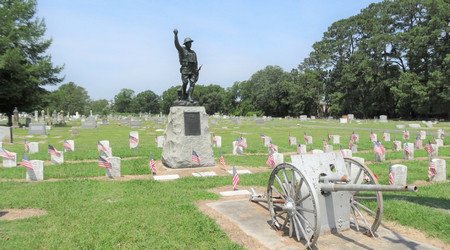Somerset County
Maryland
Somerset County History and Details
Somerset County was settled and established by English colonists in part due to a response to the Province/Dominion of Virginia passing a law in 1659/1660 requiring Quakers in the colony to convert to Anglicanism or leave the colony. A group of Virginia Quakers living in Accomack County, Virginia, on the southern tip of what later became known as the Delmarva Peninsula, petitioned Charles Calvert, third Lord Baltimore in 1661 to migrate to the Eastern Shore of Maryland to the territory under his governance. The governor considered this an opportunity to fortify the borders of his territory on the Delmarva Peninsula against the pressing encroachment of the Virginians.
In 1663, activists from Virginia persuaded the Virginia Assembly to declare that the Virginia-Maryland border was 30 miles north of the Pocomoke Sound, at the mouth of the Wicomico River. The Assembly tried to secure the allegiance to Virginia of all settlers south of the Wicomico River – including the Annemessex and Manokin settlements. In early October 1663, a militia from Accomac County, Virginia led by a Colonel Edmund Scarborough arrived at the Annemessex settlement. They attempted to secure oaths of allegiance under threat of arrest and property confiscation. Scarborough was also on a personal mission to arrest Stephen Horsey (born on Isle of Wight, England and immigrated to Northampton, Virginia, 1643), the leader of the anti-tax movement and a vocal critic of the colonial government. He along with fellow Northampton County residents William Coulborne,Randall Revell, and Ambrose Dixon signed the Tricesimo die Marty 1651.

Scarborough and his force of 40 mounted men reached Horsey’s new residence on October 11, 1663, and presented the Commands of the Assembly of Virginia against him. Horsey was “arrested” by Scarborough, but Horsey refused to accompany the party back to Virginia, declaring that he was going to remain in Maryland and maintain allegiance to the King and Lord Baltimore. The settlers expelled Scarborough and his force from the settlement. The company moved on to the Manokin Settlement, where they were received much more favorably. Although the Anglican settlers there were willing to swear allegiance to the Virginia colonial government, they were not willing to take any action against Lord Baltimore’s government. Scarborough returned to Virginia without success in taking over southern Somerset County for Virginia.
County boundary disputes continued, including of the northern boundary. Baltimore believed his Eastern Shore territory extended to the top of the peninsula, where the Delaware River meets the Bay. In the 1680s, William Penn, founder of Pennsylvania, claimed this territory as his own, based on a conflicting deed. Penn, Baltimore, and their heirs began a protracted legal battle to determine the boundaries. Their compromise was to split the Delmarva Peninsula; however, they disagreed as to whether the boundary line should be drawn at the location of Cape Henlopen or at Fenwick Island. There were few settlers in the frontier on either side to take issue. That boundary would finally be settled in 1763 when surveyors Charles Mason and Jeremiah Dixon incorporated the Transpeninsular Line (Mason–Dixon line) as the definitive boundary between Delaware and Maryland.
As of the 2010 United States Census, there were 26,470 people, 8,788 households, and 5,478 families residing in the county, making it the second-least populous county in Maryland. The county seat is Princess Anne. The median income for a household in the county was $42,443 and the median income for a family was $49,759.
Somerset County is the southernmost county in the U.S. state of Maryland. The county was named for Mary, Lady Somerset, the wife of Sir John Somerset and daughter of Thomas Arundell, 1st Baron Arundell of Wardour. She was also the sister of Anne Calvert, Baroness Baltimore (1615–1649), who later lent her name to Anne Arundel County, which was erected in 1650 as the Province of Maryland’s third county.

